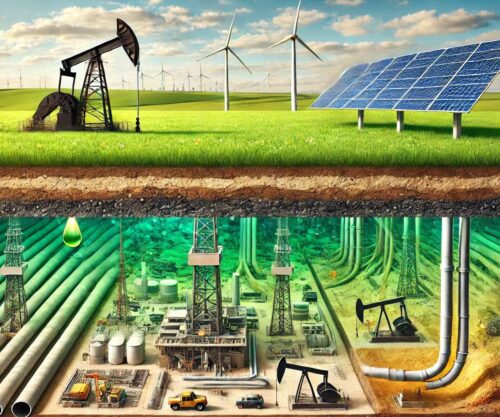
As world leaders and influencers converge for New York’s UN General Assembly and Climate Week, two incompatible visions are about to clash — rich-world elites obsessed with climate change versus developing nations battling poverty, hunger, and disease. [emphasis, links added]
Here’s a plain fact the elites refuse to accept: Hundreds of trillions of dollars spent on traditional climate policy can only deliver tiny benefits, but devoting just billions to simple, proven policies can transform lives, alleviate poverty, promote health, and boost resilience.
This chasm highlights why most of the world perceives rich virtue-signaling elites as disconnected from reality.
The climate activists flooding New York this week ignore decades of failed summits.
Since 1992’s Rio Earth Summit, the renewable share of global energy has risen just two percentage points, from 12% to 14%, despite the world spending over $14 trillion — mostly on ineffectual subsidies.
On current trends, it will take another four centuries to get to all-renewable energy production.
The Great UN Climate Con: The 1992 Climate Treaty, by @MatthewWielickihttps://t.co/nRjQns9aDF pic.twitter.com/5v1HPTkG8P
— Climate Dispatch (@ccdeditor) September 23, 2025
And even if all unconditional pledges are fully implemented, emissions in 2030 will still be about 19% higher than 2019 levels, the UN predicts.
Yet expect the activists to make bolder, costlier promises, blind to their economic toll and puny impact.
Last year, the world spent over $2 trillion on climate policies. By 2050, net-zero will cost an impossible $27 trillion every year.
This will choke growth, spike energy costs, and hit the poor hardest — and still will deliver only 17 cents back on every dollar spent.
Meanwhile, mere billions of dollars could save millions of lives.
No glitzy “Maternal and Newborn Care Week” in New York draws celebrity advocacy power, yet 260,000 mothers and 2.3 million newborns die annually.
Simple interventions — like a $5-per-use hand-pumped neonatal resuscitator for birth asphyxia—could avert 166,000 maternal and 1.2 million infant deaths for $2.1 billion.
Every dollar invested in such a program would generate social returns worth $87, an investment 600 times more effective than net-zero policies.
And there’s more: For $1.7 billion, we could extend childhood vaccines to save 500,000 kids annually, yielding $100 in social returns per dollar spent.
Another $1.1 billion would fight malaria, avoiding 200,000 deaths and giving $48 back to society on every dollar.
And $5.5 billion in agricultural research and development would hike food yields by 10%, cutting hunger for 100 million people.
Contrast this with climate policies’ huge costs and paltry returns.
If, as is realistic, only rich countries end up carrying through these promises, the cost could reach $5,000 to $20,000 per person per year — unaffordable and implausible.
Yet the impact is trivial: Even the UN’s own climate model finds a negligible difference between the current policies of the rich world and achieving net zero by 2050.
That’s because, either way, most emissions will be coming from China, India, and Africa, which are understandably prioritizing poverty alleviation via cheap energy.
Climate campaigners claim that the end of the world is close. But in reality, meta-studies by climate economists analyzing the impacts of climate change find that unchecked warming would cut global GDP by 2% to 3% by mid-century — very far from Armageddon.
We won’t find the solution to climate change in making energy ever more unaffordable and unreliable, but in energy innovation.
Top Image by teresa cotrim from Pixabay
Read rest at NY Post



















I’m thinking of Charlie Kirk as a I write. The Elites are anti population growth and are happy to see the millions in poverty dying.
Well, those poor third-world people who die are not important to the elites (as long as it’s not their maids and gardeners).
It’s not only the poor third-world people they don’t care about it’s all of the non “elite” too.